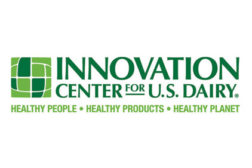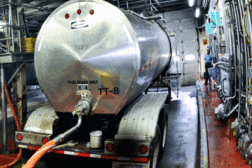Home » Keywords: » traceability programs
Items Tagged with 'traceability programs'
ARTICLES
Process control
An end-to-end system that tracks processing from raw materials through to packaging becomes an immensely important tool to ensure safety and consistency in a dairy processing facility.
Read More
Food safety first
Best practices report identifies gaps in food traceability
“This document can facilitate more balanced, effective, science-based, and cost-conscious policies," says the program director.
August 20, 2014
Food safety
17 U.S. dairy processors make commitments to traceability
The goal is to have 80% of the milk supply covered within a year. So far, 68% of the supply is covered.
July 6, 2014
Food safety
5 dairy processors commit to dairy traceability best practices
The dairy industry sets an ambitious 80% commitment goal by next year. A dairy processor can implement the practices with paper and pencil in just a few minutes a day.
September 12, 2013
Using traceability to protect supply chain integrity
Instituting a voluntary standardized traceability program is an important and necessary step.
June 8, 2012
Stay ahead of the curve. Unlock a dose of cutting-edge insights.
Receive our premium content directly to your inbox.
SIGN-UP TODAYCopyright ©2025. All Rights Reserved BNP Media.
Design, CMS, Hosting & Web Development :: ePublishing






